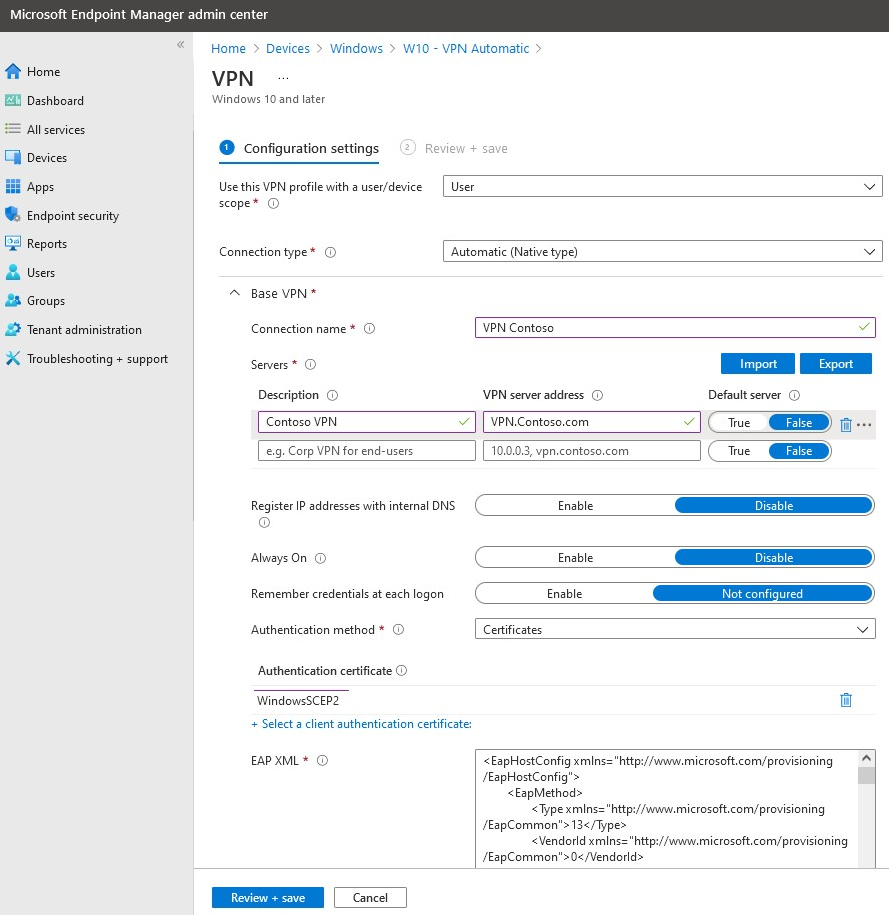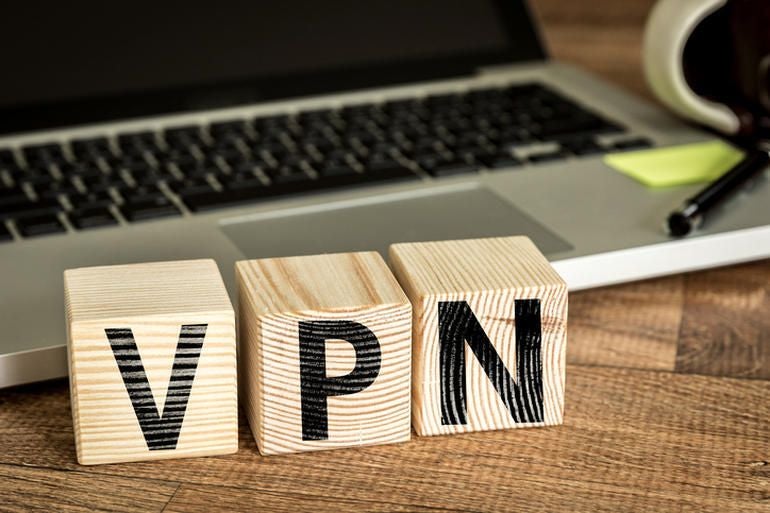Featured
Table of Contents
How To Fix A Vpn That's Not Connecting

The Routing and Remote Access snap-in lives within the Microsoft Management Console, called the MMC. There are several methods to access the MMC. You can choose the console from the Start menu's Programs alternatives, within the Administrative Tools folder within Windows server's Control Panel or by typing mmc at a command prompt.
As Tech, Republic's Brandon Vigliarolo shows within his video at the start of this post, the Services console displays the status of the Routing and Remote Gain access to entry. From within the Solutions console and with the Routing and Remote Access entry highlighted, you can click Start the Service or right-click the entry and select Restart.
Sometimes the VPN client and VPN server are set to using various authentication methods. Confirm whether an authentication mistake is the issue by opening the server console. Another approach of accessing the MMC is to type Control+R to open a command prompt in which you can type mmc and hit Go into or click OK.
If the entry isn't present, click File, choose Add/Remove Snap-in, select the Routing and Remote Gain access to choice from the choices and click Add, then OK. With the Routing and Remote Gain access to snap-in included, right-click on the VPN server and click Properties. Then, evaluate the Security tab to confirm the authentication method.
Common Vpn Connectivity Issues
Ensure the VPN customer is set to the authentication technique defined within the Security tab. Normally the products simply evaluated are accountable for many VPN connection refusal mistakes.
Each Web-based VPN connection normally uses 2 various IP addresses for the VPN customer computer. This is the IP address that's used to develop the initial TCP/IP connection to the VPN server over the Web.

This IP address normally has the exact same subnet as the regional network and thus enables the client to communicate with the regional network. When you established the VPN server, you should configure a DHCP server to assign addresses to customers, or you can develop a bank of IP addresses to assign to clients directly from the VPN server.


If this option is chosen and the reliable remote access policy is set to allow remote access, the user will have the ability to connect to the VPN. I have actually been unable to re-create the circumstance personally, I have heard reports that a bug exists in older Windows servers that can trigger the connection to be accepted even if the efficient remote access policy is set to deny a user's connection.
Troubleshooting - Barracuda Campus

Another typical VPN issue is that a connection is effectively developed however the remote user is unable to access the network beyond the VPN server. By far, the most common cause of this issue is that approval hasn't been approved for the user to access the whole network. To allow a user to access the whole network, go to the Routing and Remote Access console and right-click on the VPN server that's having the problem.
At the top of the IP tab is an Enable IP Routing check box. If this check box is made it possible for, VPN users will have the ability to access the remainder of the network, assuming network firewall programs and security-as-a-service settings allow. If the checkbox is not selected, these users will be able to access only the VPN server, but nothing beyond.
If a user is calling straight into the VPN server, it's generally best to configure a static route in between the client and the server. You can set up a static route by going to the Dial In tab of the user's properties sheet in Active Directory Users and Computers and choosing the Apply A Fixed Route check box.
Click the Include Path button and after that enter the location IP address and network mask in the area provided. The metric must be left at 1. If you're utilizing a DHCP server to assign IP addresses to clients, there are a number of other issues that might trigger users not to be able to surpass the VPN server.
How To Fix Vpn Not Connecting Problem
If the DHCP server designates the user an IP address that is currently in usage somewhere else on the network, Windows will discover the dispute and prevent the user from accessing the remainder of the network. Another common problem is the user not receiving an address at all. The majority of the time, if the DHCP server can't assign the user an IP address, the connection won't make it this far.
If the client is assigned an address in a range that's not present within the system's routing tables, the user will be unable to browse the network beyond the VPN server. Ensure the resources the user is attempting to gain access to are really on the network to which the user is connecting.
A VPN connection to the other subnet might, in reality, be required. A firewall or security as a service option could likewise be to blame, so don't forget to examine those options' settings, if such elements exist in between the VPN server and the resources the user seeks to reach.
The first possibility is that one or more of the routers involved is carrying out IP packet filtering. IP packet filtering could avoid IP tunnel traffic. I advise examining the customer, the server and any machines in between for IP packet filters. You can do this by clicking the Advanced button on each device's TCP/IP Characteristics sheet, selecting the Options tab from the Advanced TCP/IP Settings Residence sheet, choosing TCP/IP Filtering and clicking the Characteristics button.
Latest Posts
The Best Vpns For Small And Home-based Businesses
The Best Vpns To Protect Yourself Online
The Best Vpn App For Mobile Devices In 2023